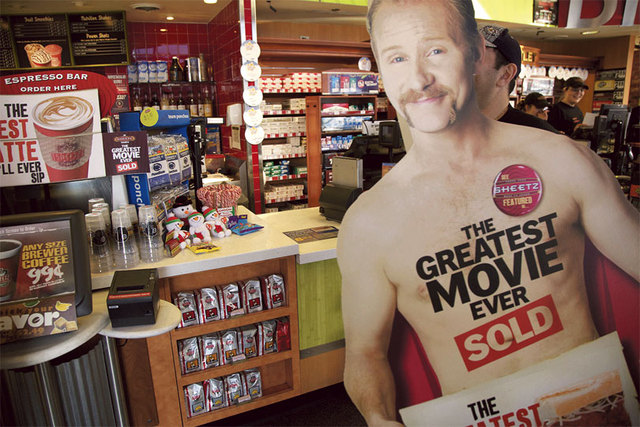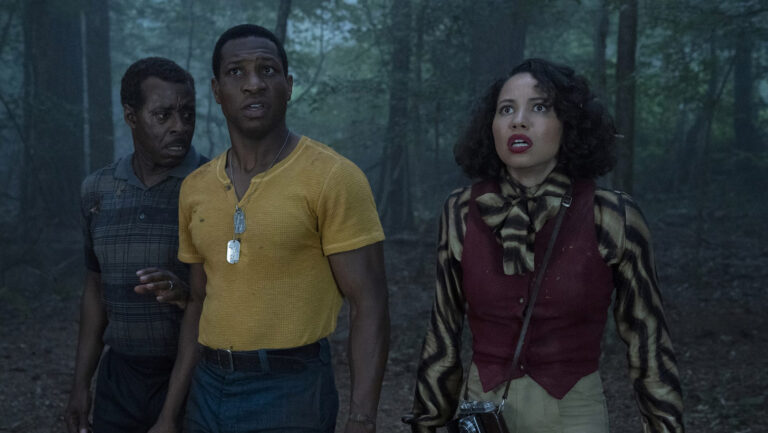Film Review: Morgan Spurlock Warms Up To Selling Out In Pom Wonderful Presents: The Greatest Movie Ever Sold
Filmmaker Buys Into The Idea Of Selling Out


available for sale in the lobby

OK Go sells out with Spurlock.


